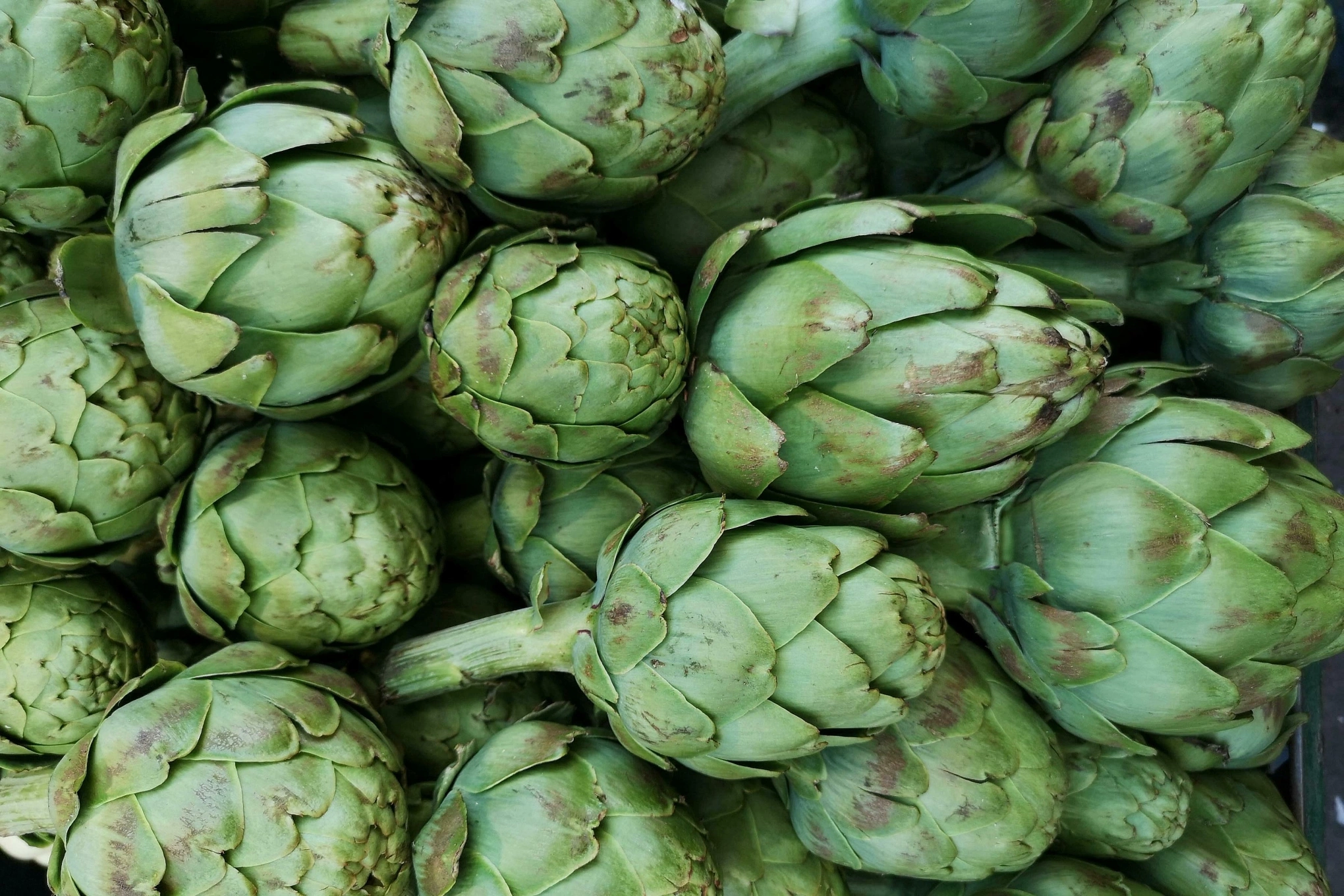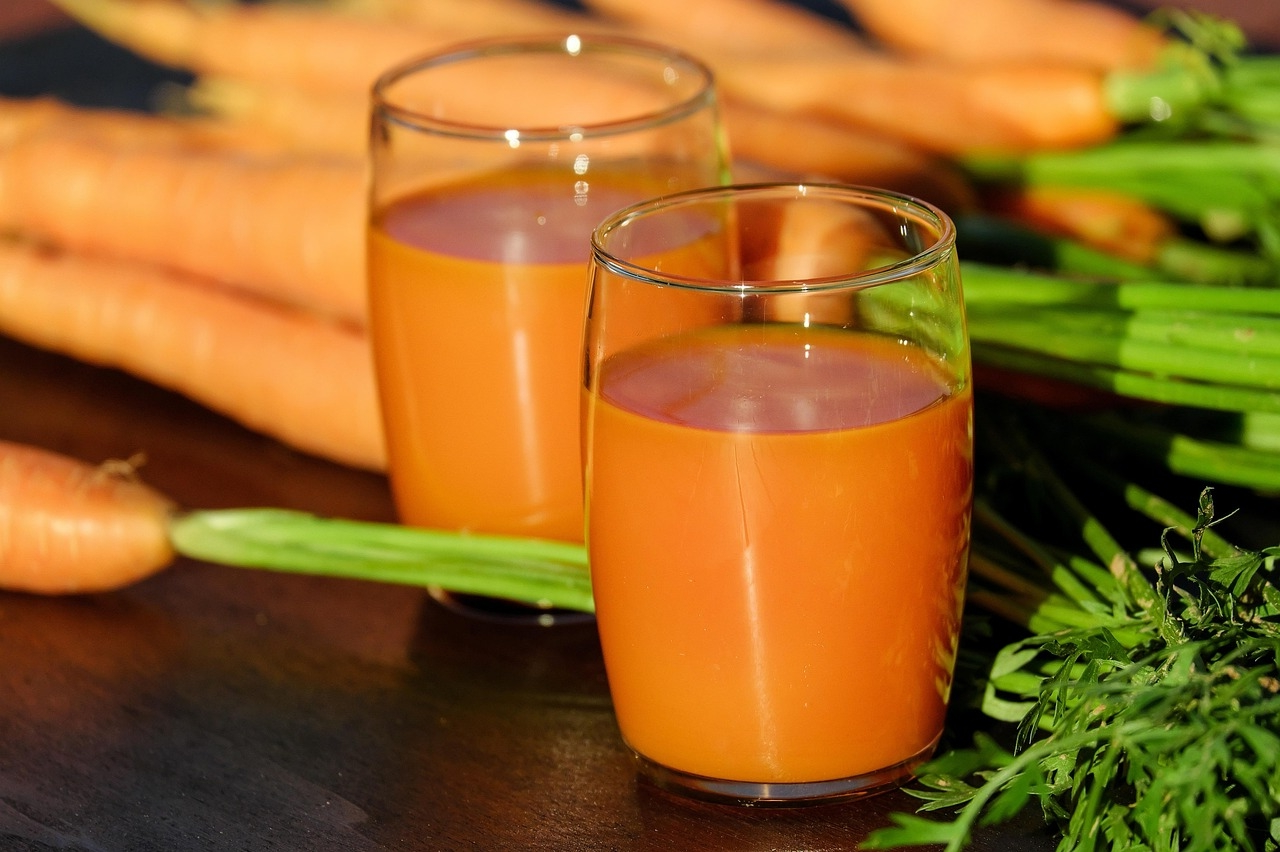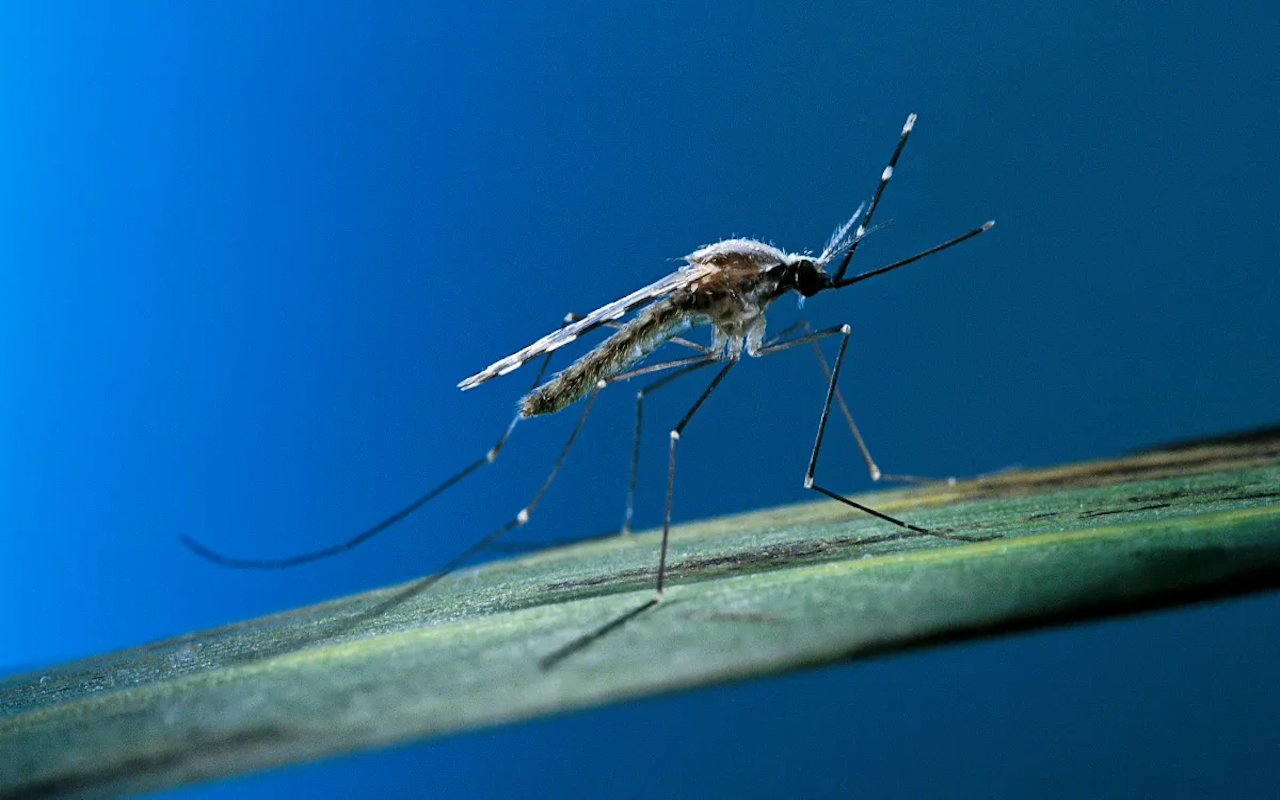Florida’s Flesh-Eating Bacteria Threat
The range of symptoms associated with a Vibrio vulnificus infection can vary significantly, from relatively mild gastrointestinal distress to life-threatening conditions.
In what can be considered the “best-case scenario” for a Vibrio infection acquired through ingestion, affected individuals typically experience a set of common, albeit uncomfortable, symptoms. The CDC details these as “watery diarrhea, often accompanied by stomach cramping, nausea, vomiting, and fever.” These symptoms generally appear within 24 hours of consuming contaminated food or being exposed through a wound, highlighting the rapid onset of the illness. While unpleasant, these gastrointestinal forms of vibriosis are usually manageable with supportive care, primarily focusing on hydration.
However, the concern escalates dramatically when Vibrio vulnificus enters the bloodstream or infects an open wound. These pathways lead to far more severe and rapidly progressing forms of the illness. Bloodstream infections (septicemia) and wound infections caused by Vibrio vulnificus are particularly dangerous.
Patients experiencing these severe forms can develop “dangerously low” blood pressure, a critical sign of septic shock, which is a life-threatening condition caused by the body’s overwhelming response to an infection. Additionally, these severe infections often manifest with frightening skin conditions, including the formation of blistering lesions. These blisters can be large, discolored, and painful, spreading rapidly from the site of infection.
Perhaps the most alarming and widely known manifestation of severe Vibrio vulnificus infection is necrotizing fasciitis, commonly known as the “flesh-eating disease.” This is a severe bacterial infection that spreads quickly, destroying the body’s soft tissue, including muscle fascia and subcutaneous tissue. The bacteria release toxins that rapidly kill surrounding tissues, leading to tissue necrosis (death). The speed at which this occurs is incredibly dangerous.
As the CDC starkly notes, the progression of tissue damage can be so severe and rapid that “doctors may need to amputate a patient’s legs or arms to remove dead or infected tissue.” Amputation becomes a life-saving measure to stop the spread of the infection and prevent systemic organ failure.
The pain associated with these severe infections is often described as excruciating. Peter Volpi Jr., a survivor of a Vibrio vulnificus infection last year, shared his harrowing experience in an interview with WFLA. He described the pain as “the most excruciating pain I’ve ever felt,” a testament to the severity of the tissue damage and systemic impact of the infection. His ordeal further underscores the long-term debilitating effects, as he reported being “bedridden for months following his infection.”
This personal account highlights that even for survivors, the recovery can be protracted and incredibly challenging, involving extensive medical interventions, rehabilitation, and sometimes life-altering consequences like amputation.
The CDC estimates that there are approximately 80,000 cases of vibriosis in the United States each year. Of these, a significant majority, around 52,000 cases, are attributed to contaminated food, primarily raw or undercooked seafood. While wound infections account for a smaller percentage of overall cases, they are disproportionately responsible for the most severe outcomes, including fatalities and amputations. The high mortality rate associated with Vibrio vulnificus, estimated at about 1 in 5 patients dying, sometimes within just 24 to 48 hours of falling ill, emphasizes the urgent need for awareness, early diagnosis, and aggressive treatment for anyone suspected of having this infection.
Risk Factors and Prevention Strategies
While Vibrio vulnificus infections can affect anyone, certain individuals are at a significantly higher risk of developing severe, life-threatening illness. Understanding these risk factors is paramount for targeted prevention and prompt medical attention.
High-Risk Groups:
- Liver Disease: Individuals with chronic liver diseases, such as cirrhosis, hepatitis, or hemochromatosis, are particularly vulnerable. Liver conditions impair the body’s ability to clear bacteria, allowing Vibrio vulnificus to multiply rapidly and cause severe systemic infections.
- Weakened Immune Systems: People with compromised immune systems due to conditions like cancer, HIV/AIDS, diabetes, or those undergoing immunosuppressive therapy (e.g., for organ transplants or autoimmune diseases) have a reduced ability to fight off infections.
- Kidney Disease: Chronic kidney failure can also increase susceptibility to severe Vibrio infections.
- Other Chronic Conditions: Individuals with other underlying chronic health issues, especially those affecting blood disorders or iron levels, may also be at elevated risk.
For these high-risk individuals, exposure to Vibrio vulnificus carries a much greater chance of progressing to bloodstream infections, septic shock, and necrotizing fasciitis.
Key Prevention Strategies:
Preventing Vibrio vulnificus infection primarily revolves around two main areas: food safety and wound care/water exposure.
Food Safety – Avoiding Contaminated Seafood:
- Cook Shellfish Thoroughly: This is the most crucial step. Never eat raw or undercooked shellfish, particularly oysters. The CDC recommends boiling oysters in the shell until they open and continuing to boil for 3-5 minutes, or steaming them until they open and continuing for 4-9 minutes. For shucked oysters, boil them for at least 3 minutes, fry them in oil at 375°F for at least 3 minutes, broil them 3 inches from heat for 3 minutes, or bake them at 450°F for 10 minutes. Discard any shellfish that do not open during cooking.
- Prevent Cross-Contamination: Keep raw seafood and its juices separate from cooked foods and fresh produce to avoid transferring bacteria. Use separate cutting boards, utensils, and platters.
- Practice Good Hygiene: Always wash hands thoroughly with soap and water after handling raw shellfish or other seafood.
- Wear Gloves: If you have any cuts or abrasions on your hands, wear protective gloves when handling raw seafood.
Wound Care and Water Exposure:
- Avoid Water with Open Wounds: If you have any open wounds, recent cuts, scrapes, surgical sites, new piercings, or fresh tattoos, stay out of saltwater or brackish water. This includes swimming, wading, fishing, or any activity that brings open skin into contact with these waters.
- Cover Wounds: If avoiding contact is not possible, cover any wounds with a waterproof bandage before entering coastal waters or handling raw seafood.
- Immediate Wound Care: After any contact with coastal waters or raw seafood (or its juices), immediately and thoroughly wash wounds and cuts with soap and clean running water.
- Protective Clothing: For those at increased risk who must engage in activities near coastal waters, wear clothing and shoes that provide protection against cuts and scrapes.
These preventive measures are especially critical during warmer months (typically May through October) when water temperatures are higher, as Vibrio vulnificus thrives in warmer conditions. The recent spikes in Florida cases following hurricanes (Helene in 2024, Ian in 2022) highlight the increased risk from floodwaters mixing with coastal waters. Even stepping in puddles of floodwater with a small cut can be dangerous.
Importance of Early Medical Intervention
Given the rapid progression and severity of Vibrio vulnificus infections, prompt medical attention is absolutely critical if an infection is suspected. If you experience symptoms, especially after eating raw seafood or if you have an open wound exposed to warm coastal waters, seek emergency medical care immediately.
Inform healthcare providers about potential exposure to facilitate a quick diagnosis. Early diagnosis and aggressive treatment with antibiotics, coupled with surgical intervention (like debridement to remove dead tissue or, in severe cases, amputation), are vital for improving outcomes and can be life-saving. Delaying treatment significantly increases the risk of severe complications and death.
By adhering to these rigorous prevention strategies and recognizing the urgent need for medical care, individuals can significantly reduce their risk of contracting and suffering from this dangerous bacterium. Public awareness campaigns remain a crucial tool in disseminating this vital information to safeguard coastal communities.






